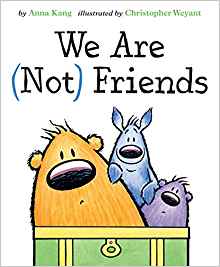This month’s PB review is by Ryan G. Van Cleave (Chief Political Analyst at Only Picture Books) and OPB superfriend (and Ringling College of Art and Design Illustration Professor) John Herzog.
–Ryan’s Review of the Writing–
Joey: The Story of Joe Biden is a picture book biography about the 46th President of the United States, written by his wife, bestselling author Jill Biden (with the help of award-winning writer Kathleen Krull). The book begins with Joe’s early years in the quaint world of the 1950s, with terrific Norman Rockwell-esque illustrations that effectively create a pleasurable nostalgic mood. I could wax on about the art alone, but I’ll let John handle that below.
Though Joe knew the challenge of poverty early on, he enjoyed a rich, supportive family life. Mrs. Biden–little Joey’s mom–even told him, “Bravery resides in ever heart, and yours is fierce and clear.” Through a series of anecdotes like that, the book reveals an admirable sense of responsibility and honor the entire Biden clan seems to hold dear.
Many reviewers seem untroubled by the potentially problematic role model that Joe presents in those early years, though, such as how Joe was “unable to refuse a dare, even when it was dangerous,” and how he dealt with school bullies by fighting. The accompanying image for that latter situation even shows him with a clenched jaw and clenched fists. These facts might undercut the role-model purity some readers hope a book like this will bring. Certainly, having young people fight their way out of problems or undertake unnecessary risk behaviors aren’t things many adults condone.
Yet the book gets back on track fairly quickly, with Joe’s competitiveness, sense of justice, and ability to overcome a pervasive stutter preparing readers for the metamorphosis Joe undergoes in high school. He grows a foot taller, develops boundless charisma, and works hard to be a peacemaker. The fact that he spent summers in a work-study program so he could afford to attend the expensive “Catholic high school overlooking the Delaware River” helps present him as a sympathetic, hard-working figure. Here’s the role model parents are looking for in this book.
While the book acknowledges that Joe became “one of the youngest people ever elected to the United State Senate,” and that Obama found him to be “the best vice president America’s ever had,” Joe’s political career isn’t really a large part of the book. This is more the nostalgic story of how a leader is made through the crucible of life’s challenges told through unadorned, plain English–as opposed to the poetic depiction Nikki Grimes used to present the life of Kamala Harris in her recent biography.
Author Jill Biden understandably tries hard to present Joe in a very positive manner that mostly rings true. But there’s this moment early on: “maybe he was just a regular guy, not rich, not privileged, but he dreamed big and saw himself a leader.” Will some readers be bothered by the “not privileged” note? Perhaps.
The book went to press prior to Biden winning the election, so it simply ends with his 2019 announcement that he’s running for President of the United States, which he considers “a battle for the soul of America.” The book ends with “Give me the ball!” which connects to a throughline regarding his past as a successful athlete.
The backmatter is sizable but the highlights are a quirky list of Bidenisms and a comprehensive timeline that fills in many of the blanks of Joe’s life and career. Whether you’re a Biden fan or not, this book offers insight into our 46th President and will be a welcome addition to the shelves of school and public libraries.
4.25 out of 5 pencils
–John’s Review of the Illustrations–
With his successful campaign for President of the United States, interest in all things Joe Biden was bound to be inevitable. So it’s no surprise that we now have Joey: The Joe Biden Story for children (and their parents) to learn a little more about Biden’s upbringing and why he got into politics in the first place.
Written by Jill Biden with Kathleen Krull, and illustrated by Amy June Bates, Joey spends a lot of its time with Biden as a young man playing football, interacting with his siblings, going to school, etc. We have a chance to see the values instilled in him when he was a kid, how he exemplified them as a young boy, and how he continues to exemplify them today. While the book does seem overly idyllic at times, it understands its audience and does a good job of showing the relevant parts of Biden’s life.
I know that, in the past, I have been very effusive about the work of Amy June Bates (see my review for Gittel’s Journey). With her work in Joey, that effusion has not diminished in any way. The reality is this: Amy June Bates is one of the best picture book illustrators working today, and is probably one of the best picture book illustrators of all time. Her sense of design and color, the natural flow of her illustrations coupled with the story, her impeccable sense of detail balanced out with blocks of color–what can I say? It’s all fantastic and perfect and wonderful. Her use of traditional media–in this case watercolor, gouache, and pencil–elevates the storytelling, giving us rich, nuanced images that help us connect to Biden–first as a kid, and now as President-elect.
The nitpicks I have with the illustrations in this book–and they’re very minor–are as follows. Sometimes it’s hard to pick out Biden from the crowd. Overall, Bates does a fine job of separating him from the pack, but there were a few times where I just wasn’t sure which character was supposed to be Biden. In many of the illustrations, Bates gives Biden’s clothes a slight teal color, but I think it would’ve been helpful to make that more consistent throughout the book. I also wish that Biden’s character design had a consistent trademark attribute that followed him from childhood to adulthood. His design felt slightly erratic, and adding a staple of his look would’ve also been helpful.
These are minor criticisms, of course. And while I thoroughly enjoyed Joey: The Story of Joe Biden, it often felt like the picture book equivalent of rose-colored glasses. But perhaps that’s the point. It brims with nostalgia, of course, but thankfully it’s infused with elements of reality that help keep it grounded. That’s probably the best compliment I could give the book, really. Biden himself feels like a dreamer, a go-getter who also understands the plight of the average person. That attitude comes across loud and clear in the book and, after dealing with the last four years, it’s a very welcome change.
4.5 out of 5 crayons
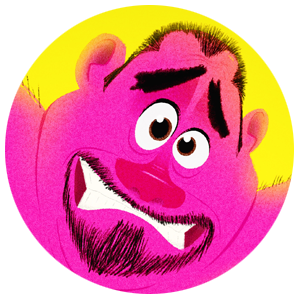
John Herzog is an award-winning illustrator and educator.
His clients include Hasbro, Dreamworks TV, Houghton Mifflin Harcourt, Scholastic, and Highlights for Children. He also teaches illustration classes at Ringling College of Art and Design.
John is a member of the National Cartoonists Society and Society of Children’s Book Writers and Illustrators, where he received the 2018 SCBWI Magazine Merit Award for his Highlights High Five cover illustration. He lives in Florida with his wife, two kids, a pair of geckos, a South American horned frog, a bearded dragon, and a fish.


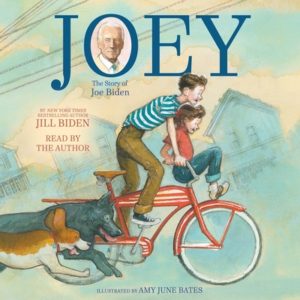
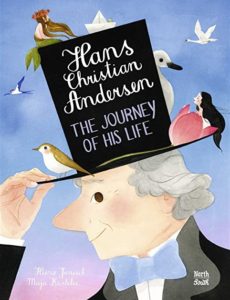
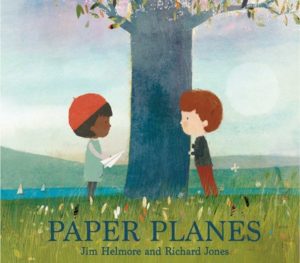
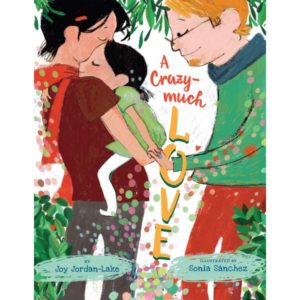
![Spiky by [Guarducci, Ilaria]](https://images-na.ssl-images-amazon.com/images/I/51ZcJ6982FL.jpg)
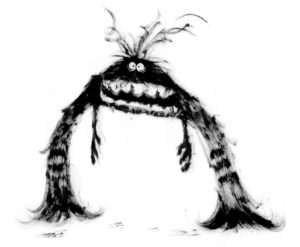 ©
© 